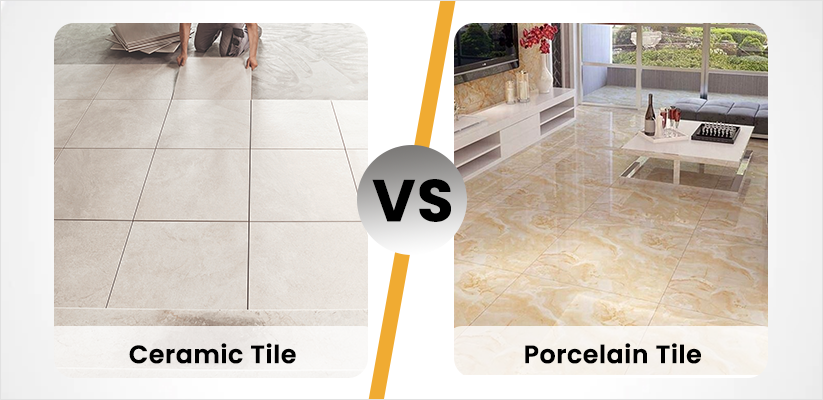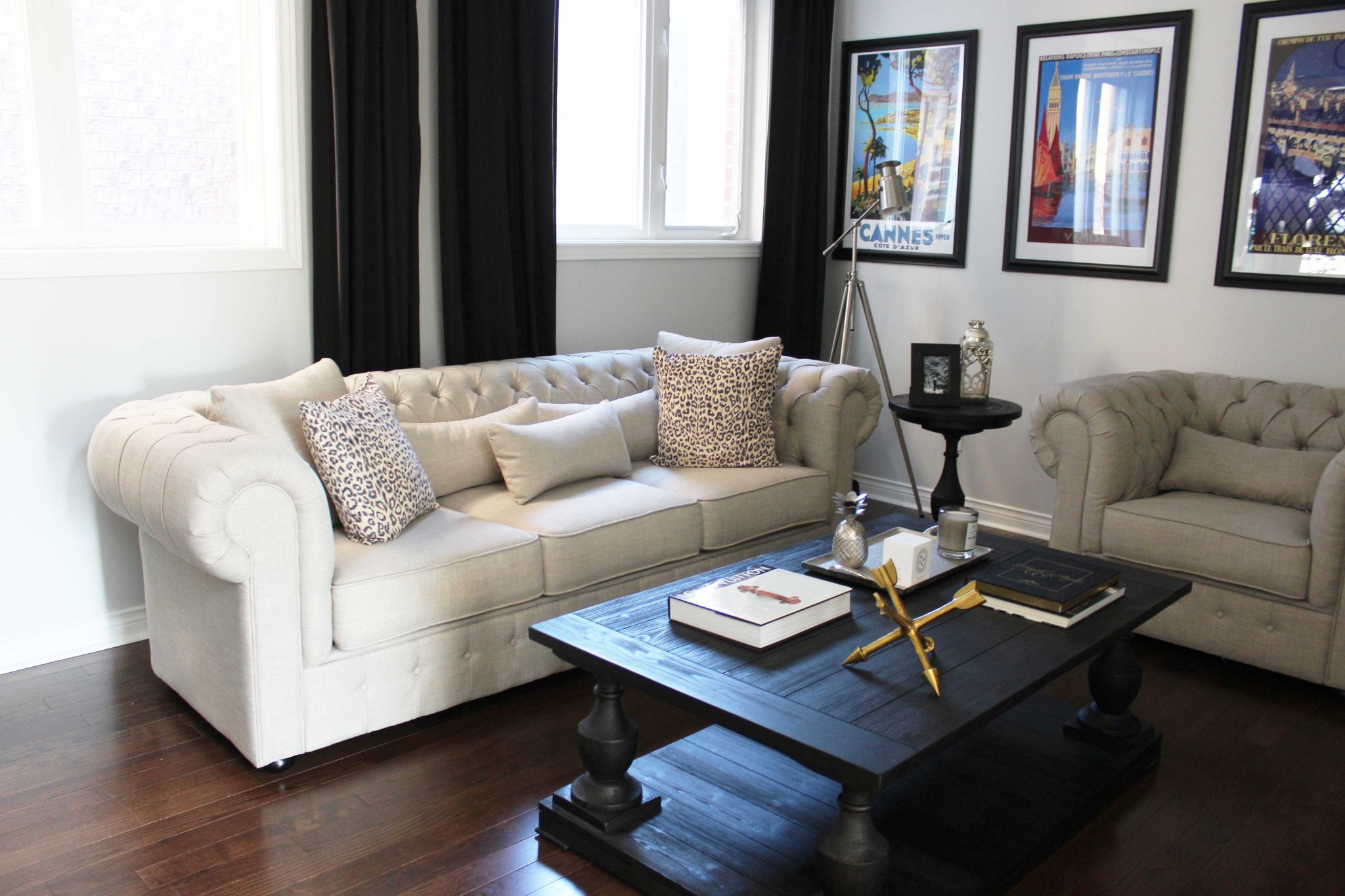Interior doors are an essential part of every house design, and knowing the standard interior door thickness is important for making a well informed decision when the time comes to choose the right one. The thickness of these interior doors is determined by the frame the doors fit into, and the amount of swing space it needs in order to close properly without any conflicts or friction. Knowing the standard measurements of interior door thickness will help you to find the right size for your home and make sure that your doors are able to work efficiently. Interior doors not only play a role in the overall look of a room, but they also act as a sound barrier and provide a sense of security and privacy. When choosing the right door for a particular house design, the door thickness should be considered before anything else. In most cases, the frame of the interior doors will determine the thickness of the doors so it is important to make sure that you know the right size and thickness of the doors before making any decisions.Understanding Interior Door Thickness Standards for House Designs
Standard interior door thicknesses measure at least 1 3/8 inches and can range up to 2 inches thick. This means that the frame of an interior door should, at the very least, be 1 3/8 inches to fit a standard-sized door within it. The thickness of an interior door can also be determined by the type of door being used. For instance, a steel or solid wood door is typically thicker than a hollow core door or a sliding door. When measuring the door thickness, it is important to note that the jamb width is also an important factor. This measures how far the door sticks out from the frame of the interior door. The standard jamb widths are generally 4 inches, 4 5/8 inches, and 6 9/16 inches for standard single doors. Furthermore, the head jamb measurement determines the height of the frame where the door is fitted into and the standard head jamb thickness for interior doors is 5 5/8 inches for single doors.Interior Doors: Standard Thickness and Other Measurements
Interior door frames are measured in millimeters, inches or fractions of an inch. Most frames measure between 35 mm and 45 mm in thickness. The standard size of an interior door also depends on the type of door that you choose. For instance, interior doors that are made from solid wood will typically measure thicker than doors made from solid core or hollow core materials. The thickness of an interior door that is made from solid wood will measure between 40 mm and 45 mm, whereas framed doors made from either solid core or hollow core will measure somewhere between 35 mm and 40 mm. It is important to note that the thickness of an interior door does not effect the amount of swing space that the door needs. Doors that are thicker may require a bit of extra space in order to close properly, but they are not necessarily larger in size. In fact, the size of an interior door should be measured both in terms of its opening space and its frame clearance space.Interior Door Thickness - Understanding Standard Sizes
When it comes to choosing the right thickness for an interior door, it is important to consider the overall look and feel of the room that the door is to be placed in. For instance, a heavier and thicker door may be more appropriate for a formal living room than a hollow core door. It is also important to consider the type of material that the door is made from as this will ultimately determine its thickness. For instance, a solid wood or steel door is typically going to be thicker than a hollow core door. In addition to material considerations, it is also important to consider the amount of swing space that the door need in order to open and close properly. This should be measured in terms of the frame width and the head jamb thickness, as these will determine the overall thickness of the door frame and the amount of swing space that it needs.Interior Doors: Choosing the Right Thickness for Your Home
The answer to this question depends on a few different things such as the size of the room that you are furnishing and the overall look and design that you would like to create. Thickness is important when it comes to choosing the right interior doors for your homes, as it determines how well it fits within the frame and the amount of space it needs in order to open and close without any issues. Generally, the thicker the door frame, the more swing space it will need when opening. In most cases, the frame of the door will determine the thickness of an interior door. It is important to remember that the standard interior door thickness is 1 3/8 inches. However, it is important to note that certain types of doors such as steel and solid wood doors will typically be thicker than lightweight and hollow core doors. So, it is important to know the type of door that you are looking for and to consider the dimensions of your space when making a decision.Interior Door Thickness: How Thick Should Be My Doors
Measuring the thickness of an interior door is an important step when it comes to replacing or installing a door in a particular room. This can be done by measuring the head jamb on the frame with a ruler or tape measure. It is important to make sure that the head jamb measurements are at least 5 5/8 inches in order to fit a standard sized single door into the frame. The jamb width is also important to note as this will determine how far the door sticks out from the frame. In most cases, the jamb widths will measure 4 inches, 4 5/8 inches, and 6 9/16 inches for single doors. When it comes to installing interior doors, there is typically no need to have a professional come and do it for you. Typically, the process is very straightforward and most people should be able to take care of it on their own. However, it is important to make sure that you know the measurements of the door and the frame before you begin, as this will ensure that everything fits properly and that the door is able to open and close smoothly without any issues.Interior Door Thickness: How to Measure & Install
Standard interior door thicknesses measure at least 1 3/8 inches and can range up to 2 inches thick. This means that the frame of an interior door should, at the very least, be 1 3/8 inches to fit a standard-sized door within it. The thickness of an interior door can also be determined by the type of door being used. For instance, a steel or solid wood door is typically thicker than a hollow core door or a sliding door. In terms of jamb widths, most interior doors measure 4, 4 5/8, and 6 9/16 inches for single doors. In terms of head jamb measurements, the standard size for single interior doors is 5 5/8 inches. Furthermore, the thickness of the interior door can be measured in millimeters, inches or fraction of an inch. Generally speaking, interior doors measure between 35 mm and 45 mm in thickness.Interior Door Thicknesses: Standard Sizes & Measurements
Interior door thickness charts, like many other resource guides, can provide insight into the right size and type of door that you need for your particular living space. Typically, these charts will include dimensions for frame widths, head jamb measurement, and door thickness. Furthermore, they may include information on the type of material that the door is made from, which can be very helpful when it comes to making a decision. In most cases, these charts will be based on the standard door thickness of 1 3/8 inches, which is the most common measurement for interior doors. It is important to note that there are no hard and fast rules when it comes to door frames and thicknesses, and the best thing to do is to measure your space and determine what type of door will fit best within it. Once you have done this, you can use the charts to find a door that meets your measurements and design preferences.Interior Door Thickness Chart Explained: What You Need To Know
The most common types of interior door thickness is typically 1 3/8 inches. However, certain types of doors, such as steel and solid wood doors, tend to be on the thicker side, measuring at just under 2 inches. Hollow core doors and sliding doors are typically on the thinner side, measuring somewhere between 35 mm and 40 mm in thickness. The amount of swing space that a door needs is also determined by the thickness of the door. Generally speaking, doors that are thicker will take up more swing space than lighter doors. In terms of jamb widths and head jamb measurements, most single interior doors will measure between 4 and 6 9/16 inches. These standards are generally universal, and it is important to consider them when measuring the dimensions of a particular space before deciding on the type of door to be installed.Most Common Types of Interior Door Thickness for Houses
Understanding the Standard Interior Door Thicknesses for House Design
 Interior doors are an important part of every home. Not only are they functional in terms of privacy, but they are also aesthetically impressive and make a major visual statement in the overall scheme of a room. To ensure that your interior doors fit properly, it is important to understand the
interior doors thickness standard
.
Generally speaking, the standard interior door thickness is 1 and 3/8 inches thick. Almost every door in the market has its own thickness due to the different sizes available, which can range from 1 and 3/8 inches up to 1 and 3/4 inches. It is also important that the door jamb is installed with sufficient depth in order to properly accommodate the door. The shim may also need to be adjusted based on the door thickness.
Interior doors are an important part of every home. Not only are they functional in terms of privacy, but they are also aesthetically impressive and make a major visual statement in the overall scheme of a room. To ensure that your interior doors fit properly, it is important to understand the
interior doors thickness standard
.
Generally speaking, the standard interior door thickness is 1 and 3/8 inches thick. Almost every door in the market has its own thickness due to the different sizes available, which can range from 1 and 3/8 inches up to 1 and 3/4 inches. It is also important that the door jamb is installed with sufficient depth in order to properly accommodate the door. The shim may also need to be adjusted based on the door thickness.
Variations by Type of Doors
 One of the important things to keep in mind when considering the interior doors thickness standard is the type of door being used. Interior doors generally fall into three categories: hollow core, solid core, and solid wood doors. Hollow core doors are the most lightweight and are usually only 1 and 3/8 inches thick. Solid core doors are usually 1 and 3/4 inches thick and made out of wood or particle board. Lastly, solid wood doors are usually 1 and 3/4 inches thick and are constructed with traditional wood or other hardwoods.
One of the important things to keep in mind when considering the interior doors thickness standard is the type of door being used. Interior doors generally fall into three categories: hollow core, solid core, and solid wood doors. Hollow core doors are the most lightweight and are usually only 1 and 3/8 inches thick. Solid core doors are usually 1 and 3/4 inches thick and made out of wood or particle board. Lastly, solid wood doors are usually 1 and 3/4 inches thick and are constructed with traditional wood or other hardwoods.
Effect on House Design
 Understanding the interior doors thickness standard can be a major factor when it comes to planing and designing the layout of a house or a single room. Space requirements are something that should be taken into account, as a thicker door may require a wider doorway or more space. Additionally, if an older home is being renovated, it is important to consider if the existing door frame and jamb is able to handle a thicker door.
Understanding the interior doors thickness standard can be a major factor when it comes to planing and designing the layout of a house or a single room. Space requirements are something that should be taken into account, as a thicker door may require a wider doorway or more space. Additionally, if an older home is being renovated, it is important to consider if the existing door frame and jamb is able to handle a thicker door.
Interior Door Installation
 Installing interior doors can be a difficult job, so it is important to know and understand the interior doors thickness standard so that the right door can be purchased. Additionally, if extra space is needed, door trim and moldings can be added to the door frame to make more space for the door. Professional door installation services can also be contacted for help.
Installing interior doors can be a difficult job, so it is important to know and understand the interior doors thickness standard so that the right door can be purchased. Additionally, if extra space is needed, door trim and moldings can be added to the door frame to make more space for the door. Professional door installation services can also be contacted for help.























































